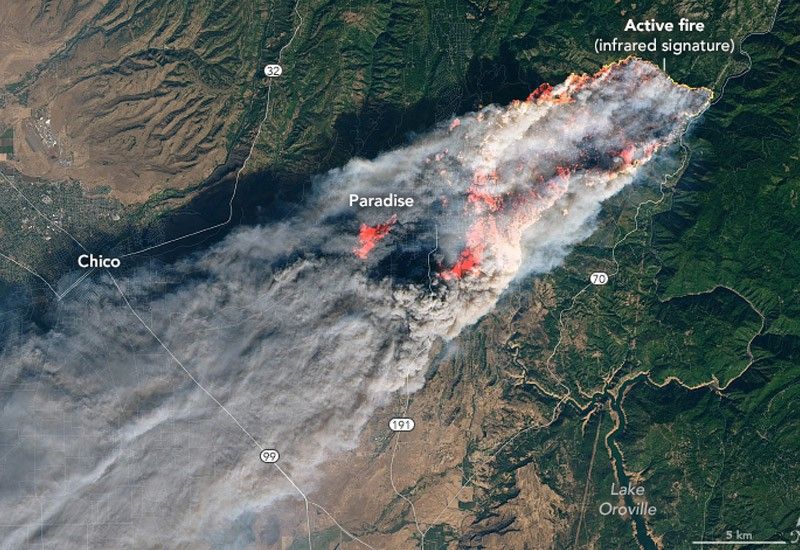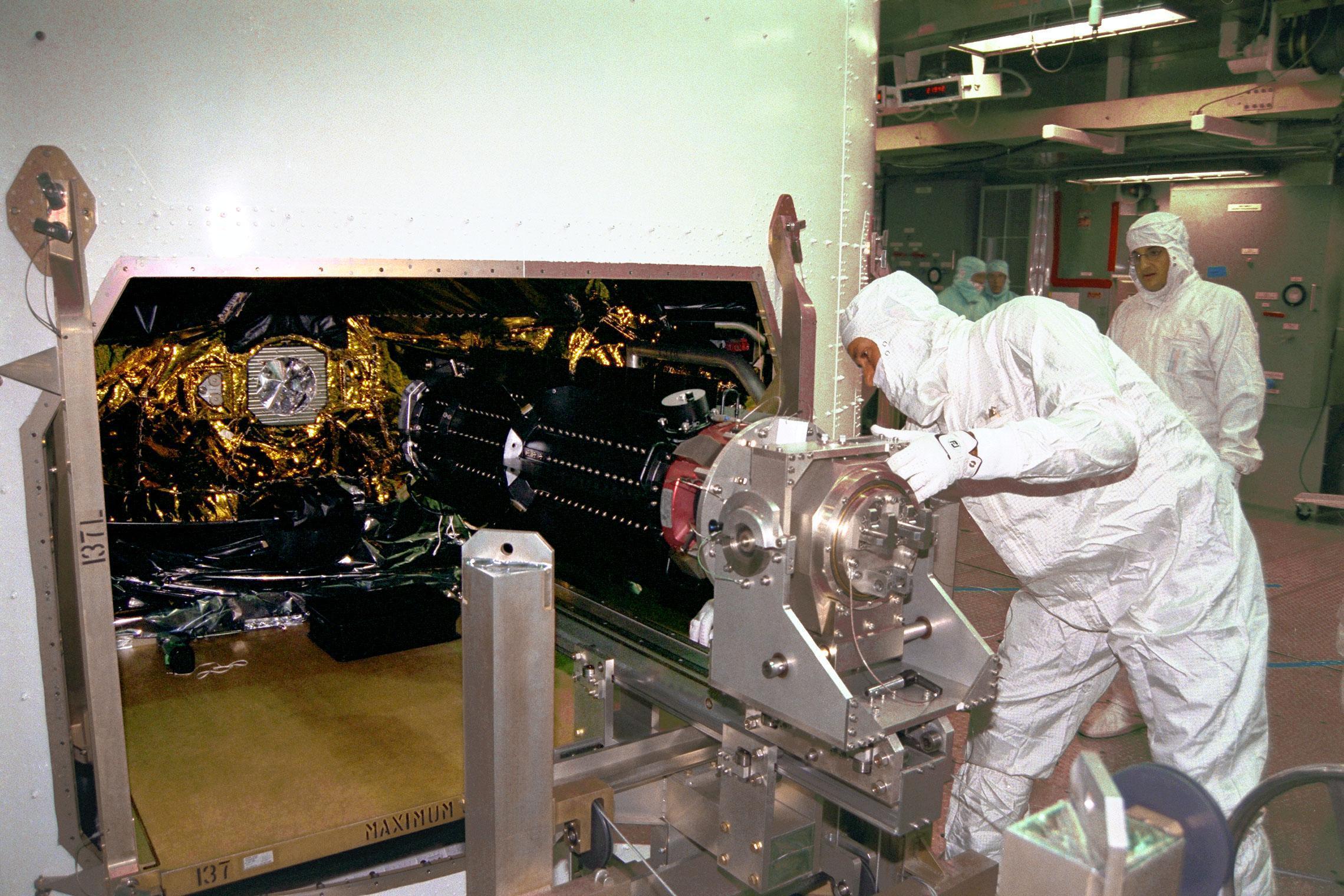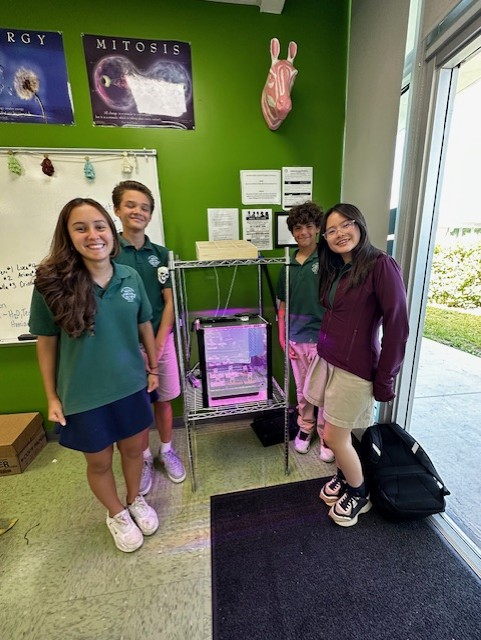When NASA engineers look at Mars, they see a planet-sized Venus flytrap.
It lures us with the promise of scientific discovery—but the moment we land there, gravity and a harsh climate will conspire to keep us stuck on the surface.
And that’s not an option. If The Martian holds one lesson for real-life space exploration, it’s that the public won’t stand for spending billions of dollars only to leave astronauts stranded on another world. The most crucial part of any NASA plan for visiting the red planet, arguably, is getting off it.
The spacecraft that NASA would build to get the job done, the Mars Ascent Vehicle (MAV), represents a formidable engineering challenge. When fully loaded with fuel, it’s too heavy to launch from Earth and land safely on Mars.

























